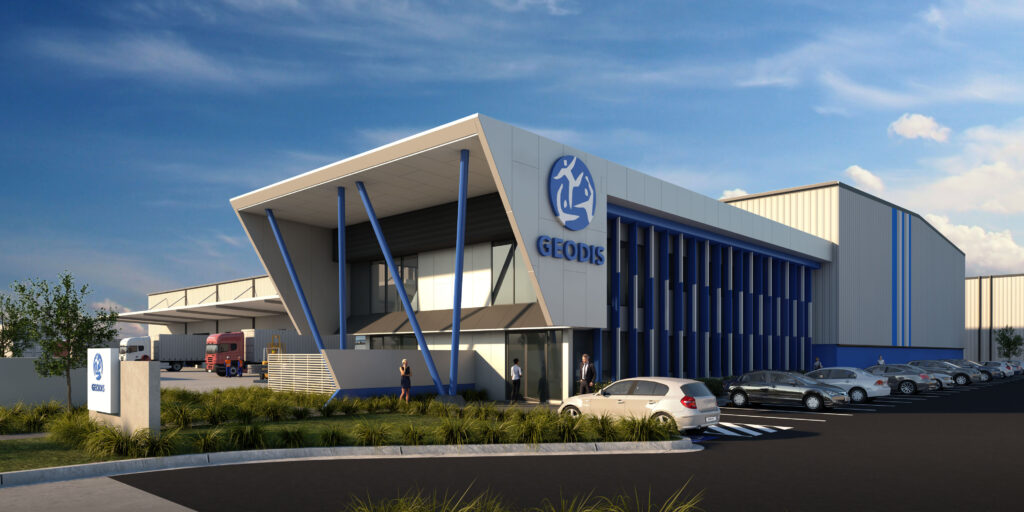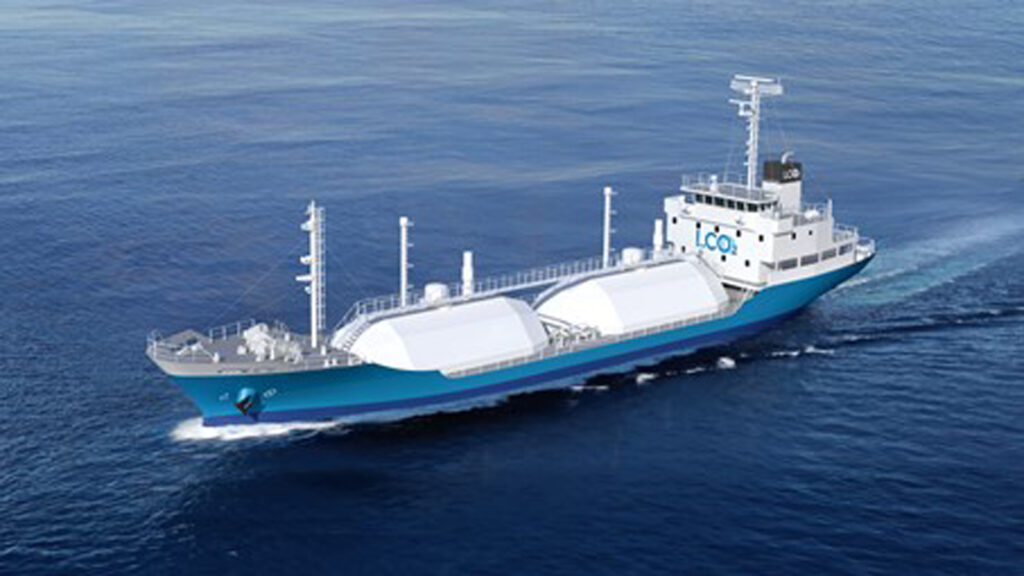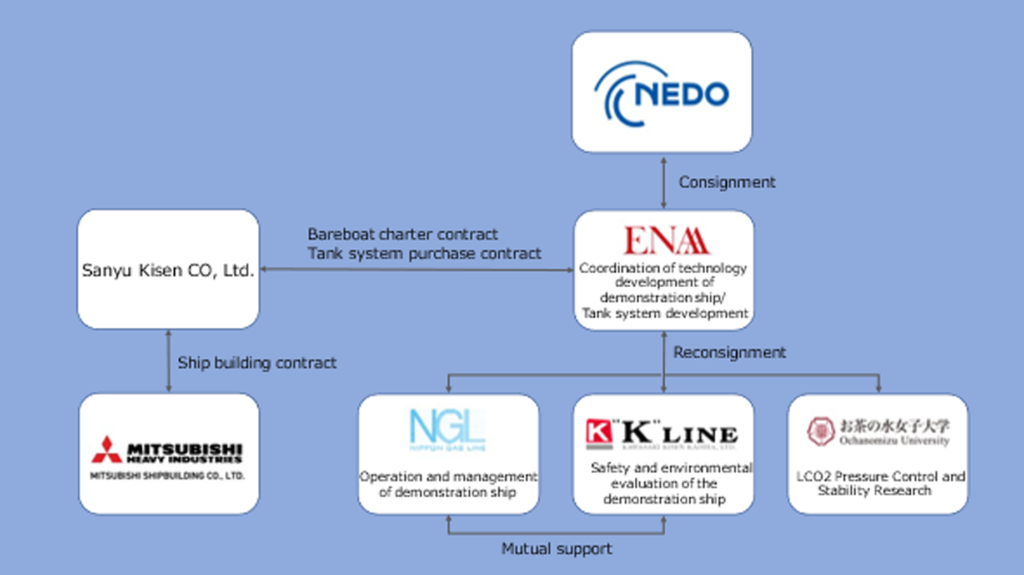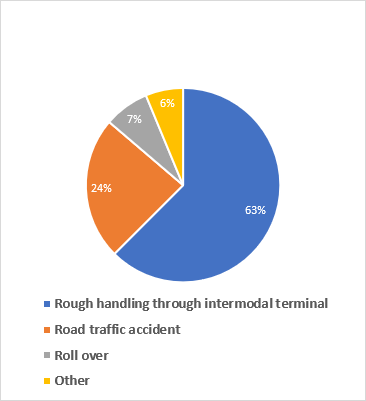Please be advised that “K” Line Tokyo Head Office made the following press release announcement today.
To read this press release in its entirety please follow the following link:
https://www.kline.co.jp/en/news/other/other134269898622655607/main/0/link/220203_2EN.pdf










